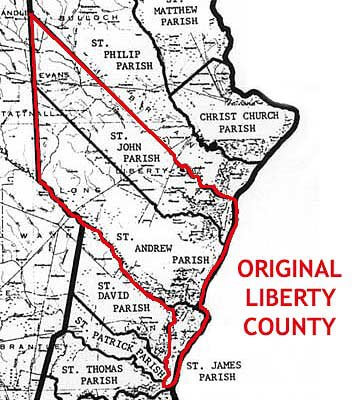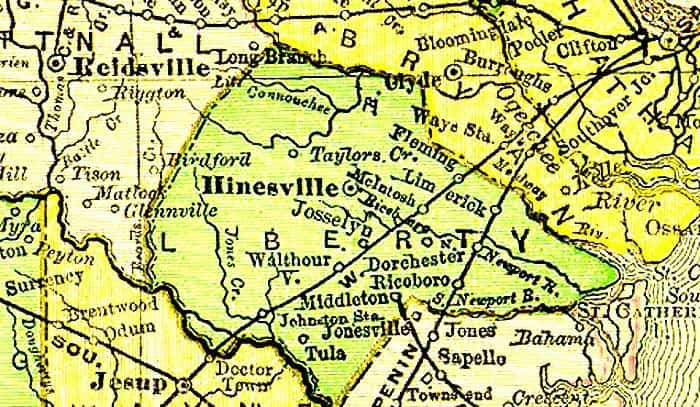Midway's Colonial History
In 1630, a ship named the Mary and John brought a group of English Puritans seeking religious freedom to Massachusetts, where they founded a town they named Dorchester. As early as 1633, some of the settlers had moved to Connecticut, where they founded another town named Dorchester, which later became Windsor, CT. While in New England, these settlers split from the main Puritan church and formed the Congregational Church and Societies, which were self-governing and elected Deacons and Selectman.
In 1695, they responded to a plea from South Carolina settlers to form a church there, and arrived in Charles Town, then moved about 20 miles up the Ashley River to a town they again named Dorchester. They used enslaved Africans to build rice, tobacco and indigo plantations. As their community grew, they began running out of land. Although Georgia had originally been established as a slavery-free colony, it changed the law in 1750 to allow slavery, making it attractive to these large plantation owners. About 71 families from Dorchester sought and received royal land grants in the District of Midway and began moving to St. John Parish there in 1752, bringing with them about 1500 enslaved Africans Americans, who labored to build rice and other plantations out of the swampy earth. The settlers established the town of Sunbury, Georgia’s 2d official port and a rival to Savannah. Many of the families had a home in Sunbury as well as on their plantations.
The Midway Church Society was an early and fervent supporter of the American Revolution and was the first in Georgia to send a delegate, Dr. Lyman Hall, to the Continental Congress. After he returned, the Society voted to join the new county, and all three Georgians who signed the new Declaration of Independence — Dr. Hall, Button Gwinnett, and George Walton from Augusta — had associations with the Midway Society.
The Midway Museum tour tells the story of several interesting Revolutionary War battles fought in the Midway area. During the War, the British troops burned the original Midway Church, Dr. Lyman Hall’s plantation, and every house on the King’s Highway (now U.S. 17) that did not swear allegiance to the King or agree to remain neutral. The town of Sunbury was partially burned and never regained its former prominence. The Church was rebuilt in 1792 and still stands today despite being desecrated by Union troops during the Civil War. U.S. 17, which passes between the Church and its historic cemetery, is one of the oldest roads in Georgia.
In 1777, Liberty County was formed, comprising the colonial parishes of St. John, St. James and St. Andrews, and was given the name Liberty in honor of its patriotic inhabitants. Five other Georgia counties — Screven, Hall, Gwinnett, Baker, and Stewart — were also named after people associated with the Midway Society.

